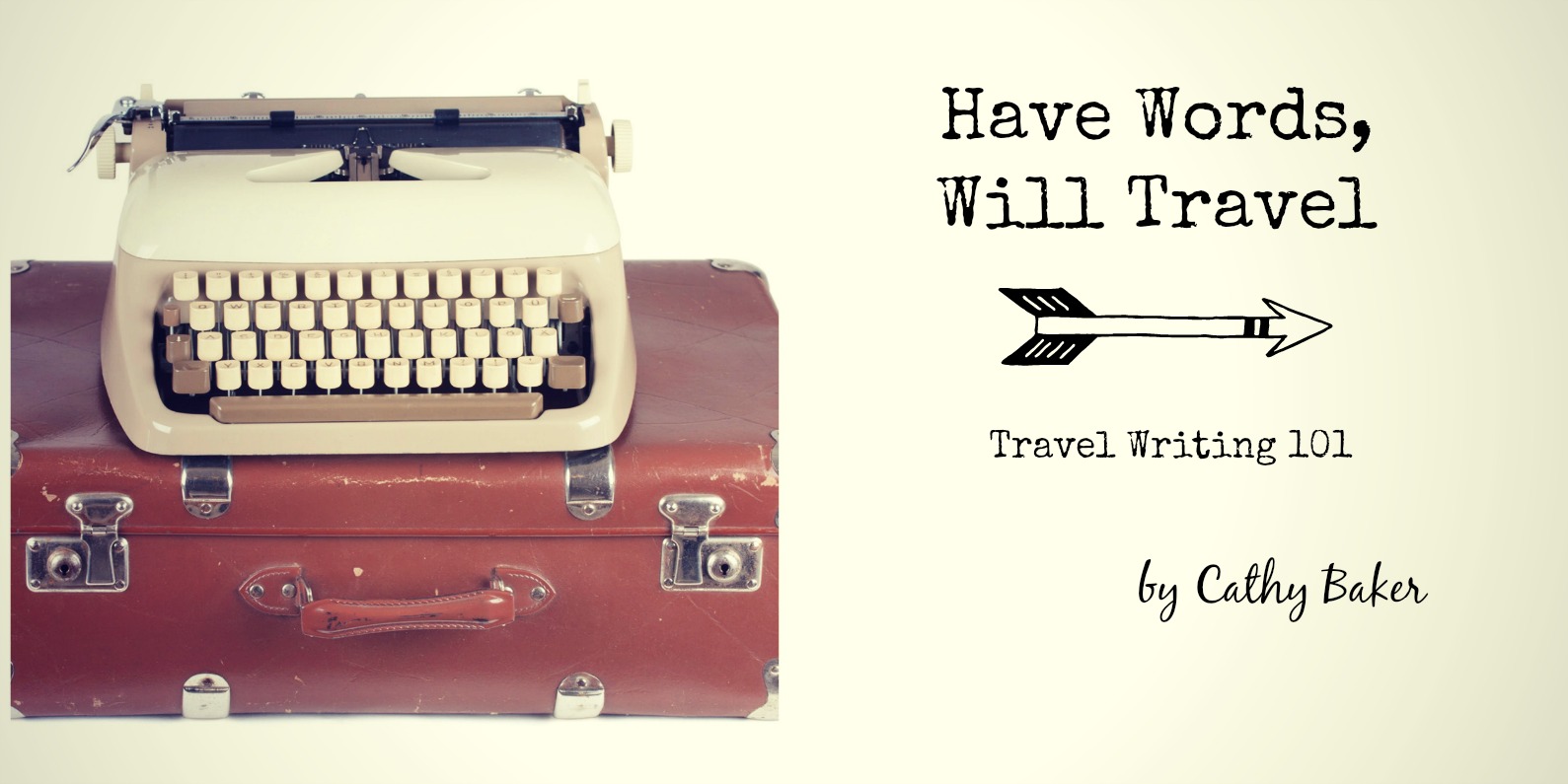
Have Words, Will Travel....Travel Writing 101
10 Favorite Sites // Travel Writing Opportunities {Just in Time for Spring}
The month of March offers a plethora of activity – nature buzzing, days staying lighter a little longer, and…
March 3, 2017



